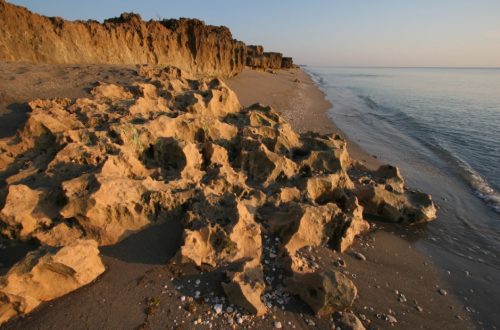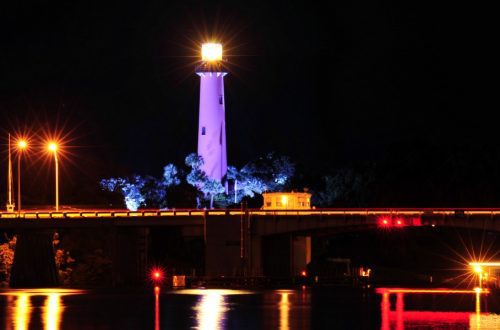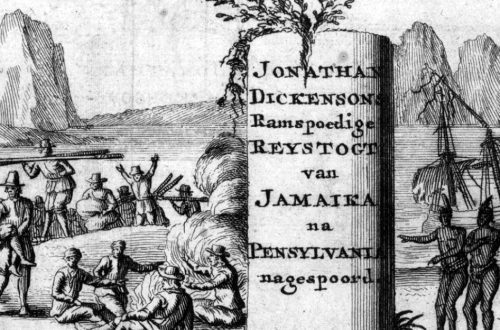History
Jupiter Island is a picturesque barrier island located on the southeastern coast of Florida, nestled between the Indian River Lagoon and the Atlantic Ocean. Known for its lush landscape, pristine beaches, and affluent residents, this secluded island has a rich and storied past. Spanning from its Native American origins to its current status as a luxury residential community, Jupiter Island’s history is as fascinating as it is diverse.
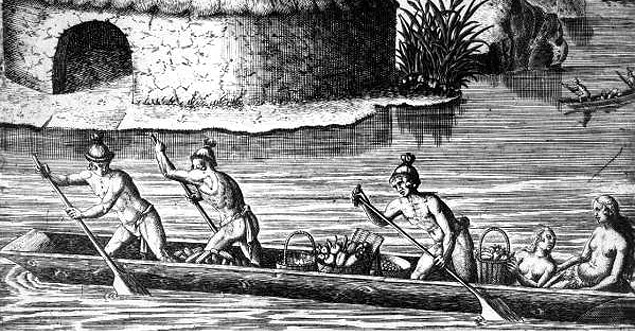
Early Inhabitants
The earliest known inhabitants of Jupiter Island were the Jaega tribe, a Native American group that thrived in southeastern Florida. The Jaega were a coastal people, relying heavily on marine resources such as fish, shellfish, and sea turtles for sustenance. They also gathered fruits, nuts, and roots from the island’s diverse plant life.
The first recorded encounter with the Jaega people occurred in 1513 when Spanish explorer Juan Ponce de León sailed along Florida’s east coast. The Spanish explorer named the island “Santa Lucia” in honor of the patron saint of vision, due to the beautiful landscape he observed from his ship.
Colonial Period
During the 16th and 17th centuries, Jupiter Island and the surrounding area became a focal point for European explorers, settlers, and pirates. As Spain, France, and England vied for control of the New World, the island served as a strategic location for coastal navigation and trade. In particular, the shallow waters and treacherous reefs surrounding the island attracted numerous shipwrecks, which eventually led to the region becoming known as the “Treasure Coast.”
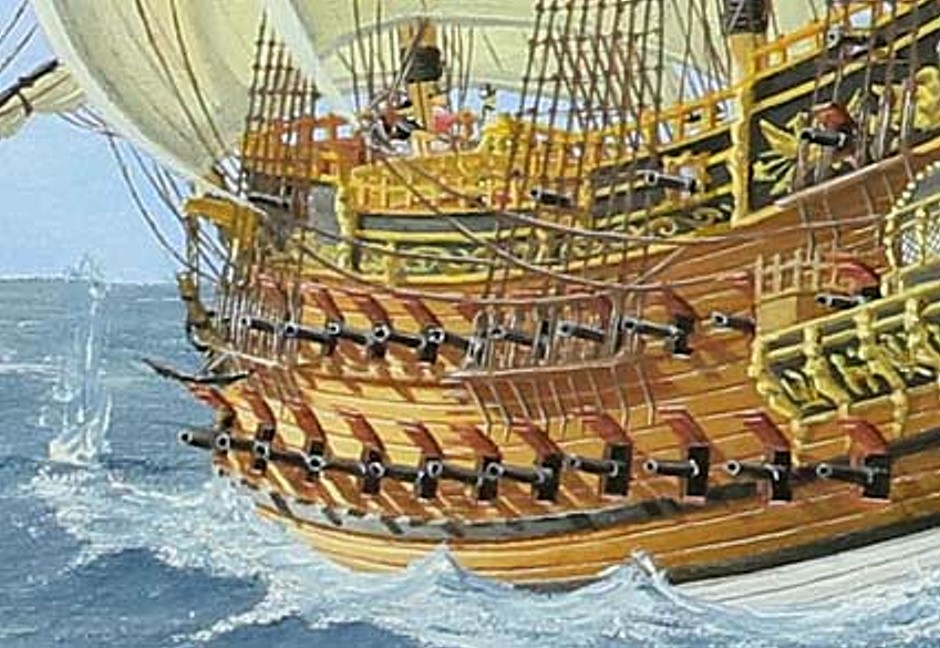
In 1696, a British ship called the Reformation became shipwrecked off the coast of Jupiter Island. Among the passengers aboard the ship was Jonathan Dickinson, a Quaker merchant from Jamaica. Dickinson and his party were taken captive by the Jaega tribe and subsequently released after negotiations with the Spanish. Dickinson’s diary, which chronicled the ordeal, provided invaluable insights into the Jaega people and the island’s early history.
American Settlement
In the early 19th century, the United States acquired Florida from Spain, and the first American settlers began to establish homesteads on Jupiter Island. One such settler was George Stypmann, who in 1872 built the first home on the island, which he named “Jupiter House.” This marked the beginning of the island’s modern history as an American settlement.
In 1892, the Jupiter Inlet Lifesaving Station was established on the island to aid mariners navigating the treacherous waters. The station was later renamed the U.S. Coast Guard Station Jupiter Inlet and played a significant role in the area’s development.
Twentieth Century Development
In the early 20th century, Jupiter Island began to attract the attention of wealthy northerners, who saw the island’s natural beauty and ideal climate as a perfect location for a winter retreat. In 1916, a group of wealthy investors led by Harry Kelsey, a businessman from Massachusetts, established the Kelsey City Development Company, which purchased most of the island’s land. Kelsey envisioned Jupiter Island as an exclusive residential community and resort for the wealthy elite.
The development of Jupiter Island was temporarily stalled by the Great Depression, but by the mid-1930s, construction of elegant homes and amenities began in earnest. In 1931, the Jupiter Island Club was established, offering members a luxurious clubhouse, golf course, and other recreational facilities.
In 1940, the island’s development took a new direction with the arrival of Joseph Verner Reed, a Wall Street banker and diplomat. Reed purchased a large portion of the island from Kelsey’s company and established the Jupiter Island Corporation to manage the land. Under Reed’s direction, Jupiter Island evolved into an exclusive and secluded residential community, with strict building codes and architectural guidelines designed to preserve the island’s natural beauty and ambience.
World War II and the Cold War
During World War II, Jupiter Island’s strategic location along the Atlantic coast made it an important outpost for the U.S. military. The island was used as a training site for amphibious landing exercises, and the Coast Guard Station Jupiter Inlet played a vital role in patrolling the coastline for German U-boats.
Following the war, Jupiter Island’s role in national defense continued, as it became a key outpost during the Cold War. In 1955, the U.S. Air Force built a radar installation on the southern tip of the island as part of the nation’s early warning defense system. The radar station was decommissioned in 1980, and the land was eventually returned to the Jupiter Island Corporation.

Preservation and Conservation Efforts
Throughout its development, Jupiter Island has been committed to preserving its natural environment and resources. This commitment has been reinforced by the creation of numerous conservation areas and initiatives on the island.
In 1969, the Hobe Sound National Wildlife Refuge was established on the northern end of Jupiter Island. The refuge, which covers over 1,000 acres, serves as a sanctuary for a diverse array of flora and fauna, including endangered species such as the loggerhead sea turtle and the West Indian manatee.
The Blowing Rocks Preserve, established in 1969 by the Nature Conservancy, is another significant conservation area on Jupiter Island. This 73-acre preserve is named after its unique limestone shoreline, which produces dramatic displays of sea spray when waves crash against the rocks. The preserve is a vital habitat for numerous plant and animal species and serves as an important site for environmental research and education.
Additionally, the Jupiter Inlet Lighthouse Outstanding Natural Area, designated in 2008, protects over 120 acres of maritime hammock, mangrove swamp, and scrub habitat surrounding the historic Jupiter Inlet Lighthouse. The lighthouse, built in 1860, is an iconic symbol of Jupiter Island’s maritime history and remains an active aid to navigation today.
From its early beginnings as the home of the Jaega tribe to its modern status as a luxurious and exclusive residential community, Jupiter Island, Florida, boasts a rich and diverse history. Its strategic location has made it an important site for exploration, trade, and national defense throughout the centuries, while its natural beauty and commitment to conservation have made it a haven for wildlife and nature enthusiasts alike.
Today, Jupiter Island remains a testament to its storied past, a unique enclave that blends history, luxury, and natural splendor into an exceptional community on Florida’s Treasure Coast. As a cherished sanctuary for both its residents and the environment, Jupiter Island stands as an enduring symbol of Florida’s rich cultural and natural heritage.


